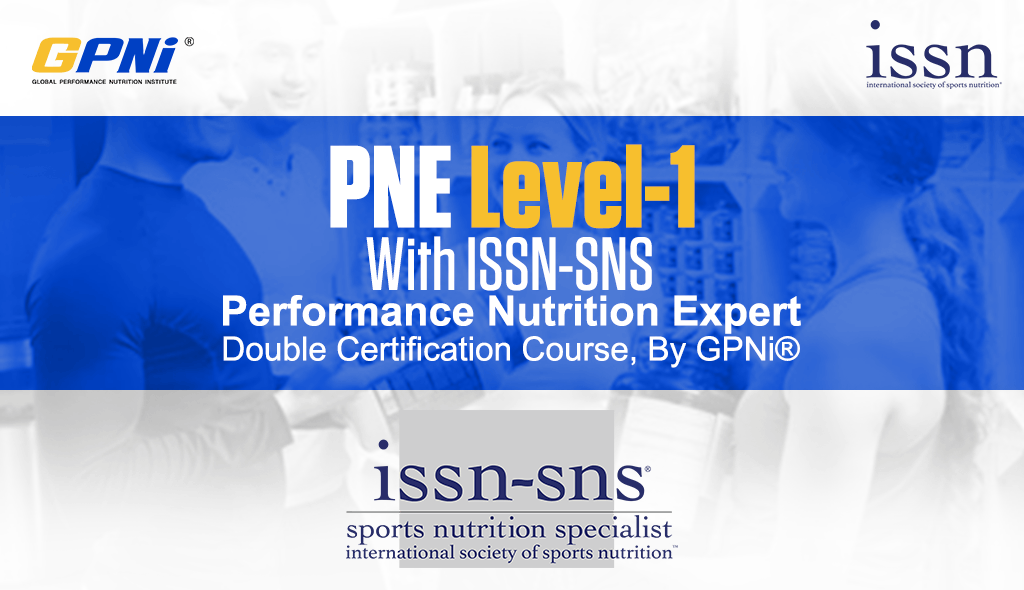Editorial, By Cassie Evans

Continually evaluating an athlete’s progress helps coaches see what areas need improvement and what areas the athlete is excelling in. Sometimes it can be hard to visually see or feel (from an athlete’s perspective) the changes being made on a day to day basis. The best way to determine if an athlete is moving in the right direction of their goals is tracking and monitoring. But tracking what? There are a multitude of different ways to track an athlete’s progress including 1 rep max, sprint time, dietary intake and body composition. An athlete’s unique goals and needs will dictate the best outcomes to monitor. Today’s we’ll dive into body composition, why it can be helpful to track and the different methods.
Body composition is a term used to describe the amounts of fat, muscle, bone and water in the body. Body weight and even BMI is a measure that is frequently used but it does not tell the whole story. For some athletes, their body weight or BMI does not fall within the “normal” standards due to their higher bone density and lean body mass. Tracking body composition is a better tool for athletes. Some may argue that body composition is insignificant; the only thing that matters is how an athlete performs. These individuals fail to see how performance can be directly impacted by body composition. To start, increases in lean body mass or muscle can translate into increases in strength and power. The bigger the muscle, the more force it can contract with. Additional weight means the body has to work harder during exercise and can impact mobility. Decreasing body fat and overall weight can translate to faster running times which can benefit runners. Each sport has its own unique demands and different standards of “ideal” body composition.

Body composition methods can occur in a laboratory setting or “field setting”. Common laboratory methods include BodPod (Air displacement plethysmography), Dual energy X-ray absorptiometry (DXA) and hydrostatic weighing. These methods can be very accurate but expensive and not accessible to all athletes and coaches. Bioelectrical impedance analysis (BIA) utilizes a weak electric current to estimate body fat and lean muscle. This method is relatively low-cost and easy to perform. There are scales, handheld devices and devices such as the InBody that can perform BIA. The most inexpensive and portable body composition is skinfold measurements. This method uses calipers to measure fat thickness under the skin at specific sites on the body. The accuracy of these results are high dependent on the skill of the person administering the test. The International Society of Sports Nutrition states that no single method is best. Choosing the most appropriate method for the circumstance. Maintaining consistent testing procedures will yield the best results. Exercise, hydration status and timing of last meal can influence body composition results. It is best to ask the athlete to abstain from exercise and eating at least 3-4 hours prior to testing. If this is not possible, ask the athlete to repeat the same settings for each subsequent test. For example, if the athlete is being tested 1 hour after practice, schedule future tests 1 hour after practice. This will increase the accuracy and reliability of the results.
As with most things in sports nutrition, there is not a one size-fits-all recommendation for body composition. The training goal should be about performance while achieving the ideal combination of fat mass and lean body mass specific to an athlete’s sport. Tracking body composition is another great tool to help athletes or any physically active individual be the best version of themselves.









